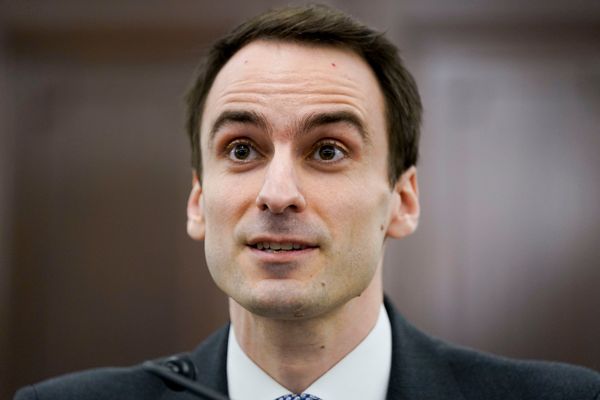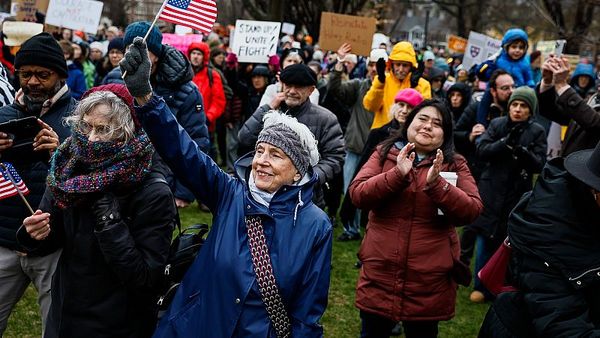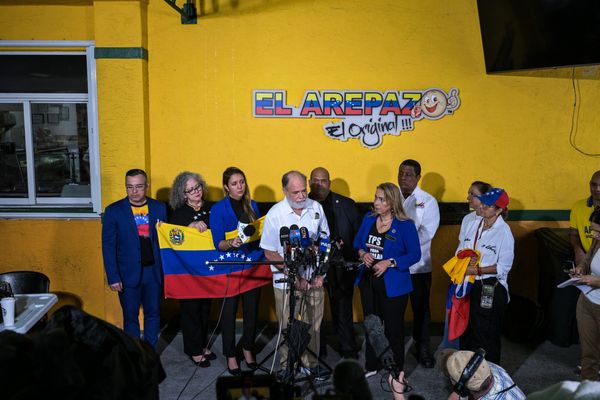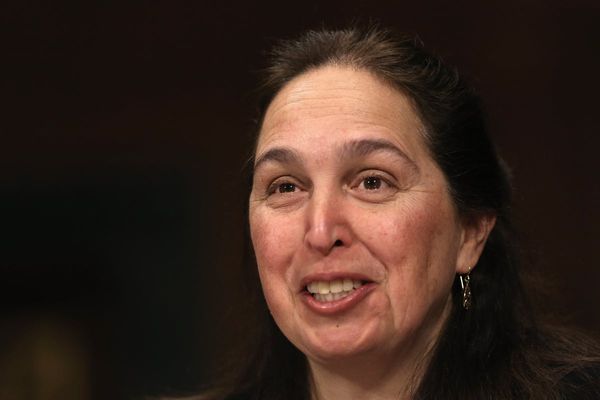
Great Britain have a new couple ready to make magic on the ice. With 12 months to go until the Milano-Cortina Winter Olympics, Lilah Fear and Lewis Gibson are winning medals and turning heads in the sport of ice dancing. They have skill and charisma that carries echoes of Torvill and Dean, but their soundtrack is less Boléro, more Beyoncé.
Just off the back of a bronze medal at the European championships, Fear and Gibson closed out their routine with a free dance to a medley of Beyoncé hits. Including a section that Fear has previously described as involving some twerking, the couple are doing things differently to generations that have gone before and building a connection with a new generation of fans.
“Connecting with the crowd is something that brings us so much joy and is a huge focus of our training and our performance,” says Fear, who was born in Canada but moved to the UK at the age of two. “[We choose] music that is entertaining and gets people on their feet because we get so much energy from the crowd and we hope to give them energy and a nice escape, too. I think that it’s something that we really prioritise in our craft.”
For Gibson, who is from Prestwick, embedding effervescence and emotion into their dancing is instinctive. “I think for us it’s a natural way of performing in the sport and we choose music because we love that music and it lights us up and so in turn our performance is more energetic and real,” he says.
“I think it’s great for the sport. You buy tickets to watch a competitive sport, but you’re also getting a show at the same time. And if you can get the crowd going and get them feeling something and just really lighting them up, I can’t think of anything better than that.”
As for Queen Bey herself, Fear says it is the singer’s confidence that inspires. “She just … embodies confidence and empowerment. It’s the sheer expression of who she is and her inner power. And it’s just something that I think as performers, we really strive to have ourselves. So to be able to play that character and draw upon that within ourselves is something that has been very rewarding this season of just finding more confidence as who we are as people, what we want to promote as our personalities and our expression. And it’s just been an amazing vehicle for us.”
Then there’s the small matter of two other iconic figures. Jayne Torvill and Christopher Dean’s flawless gold medal performance at the Sarajevo Games in 1984 remains both the pinnacle of British ice dancing and the last moment the sport truly cut through with the public (the Boléro dance reached an estimated TV audience of 24 million people). For Fear and Gibson the pair are both models and inspiration.
“I wouldn’t be skating if it wasn’t for them creating their show,” Gibson says. “And, of course, their legacy is massive in the UK. Everyone knows them, what they’ve achieved and created over the years, the way they have taken the sport and changed it is an inspiration. Their creativity is something we both admire so much and try to foster in our own careers as well. And, yeah, they’re just legends.”
Finding success at the Winter Olympics is an abiding struggle for British athletes, with only 34 medals in the history of the Games and just two medals on the board in Beijing three years ago. Expectations may have risen for Fear and Gibson after winning a medal for a third consecutive European championship, but the pair are not focused on a place on the podium in 12 months’ time.
“Satisfaction-wise, we want to skate two performances the absolute best that we can at the Olympics and leave the ice just feeling so proud and like there’s zero regrets and nothing that we would ever do differently,” Fear says. “If we then throw an Olympic medal on top of that, that’s a bonus.”







